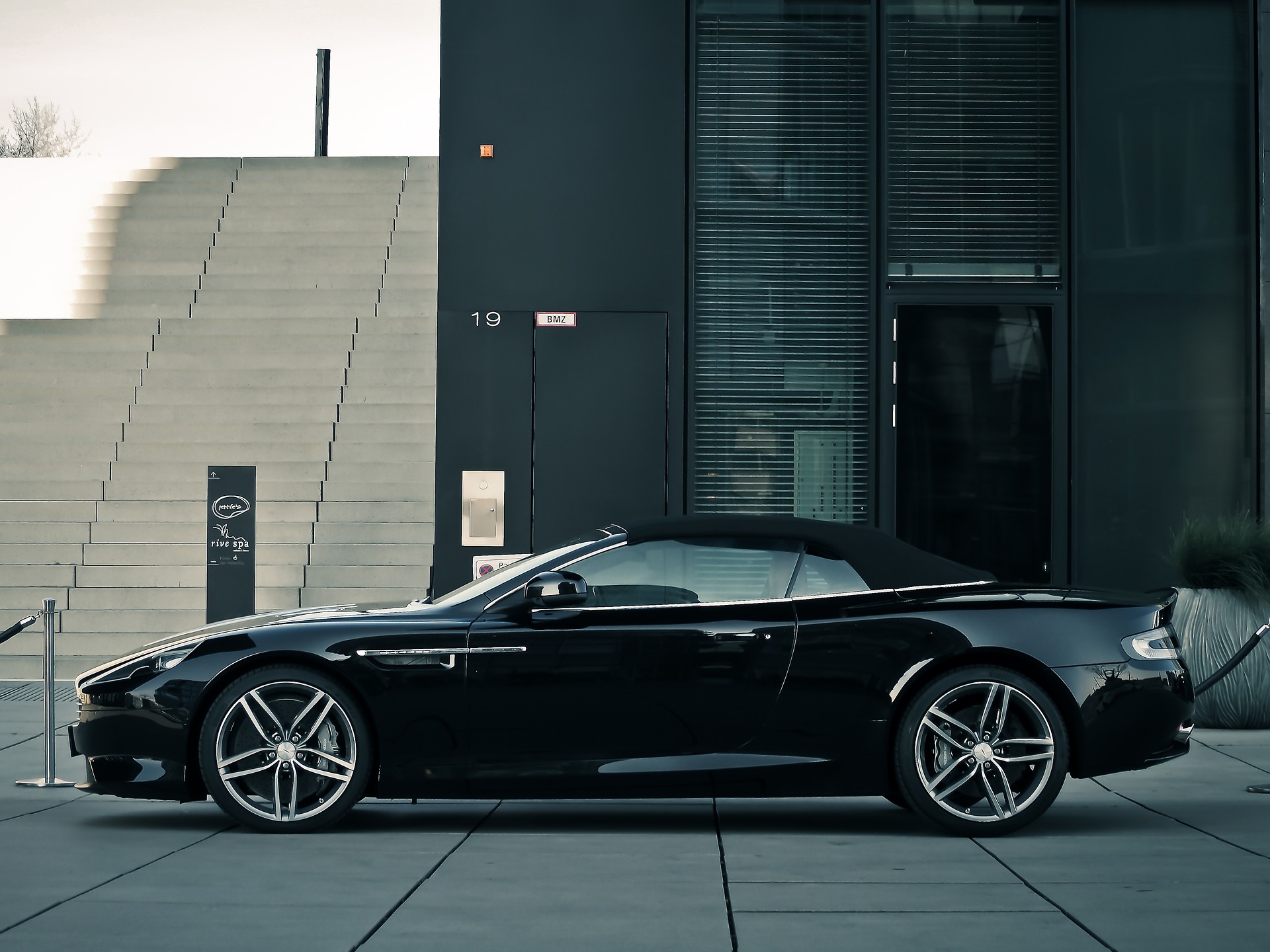Revving up the Power: The Intriguing World of Rotary Engines
Introduction: Rotary engines, known for their unique design and high power-to-weight ratio, have long been a topic of fascination in the automotive world. Despite their relatively limited use in modern vehicles, these engineering marvels continue to excite car enthusiasts around the globe. This article delves into the history, functionality, and enduring appeal of rotary engines, and explores their potential future in the automotive industry.

A Spin through History: The Birth of Rotary Engines
Rotary engines, also known as Wankel engines, were invented in the late 1950s by German engineer Felix Wankel. Unlike traditional piston engines, the rotary engine operates on the principle of converting pressure into rotating motion, resulting in a smoother and more powerful output. Wankel’s radical invention was initially met with scepticism, but quickly gained attention when it was successfully developed and produced by the Mazda Motor Corporation in the early 1960s.
Round and Round: The Mechanics of Rotary Engines
The rotary engine operates via an eccentric rotary design that replaces the up-and-down movement of pistons with a spinning motion. This unique design involves fewer moving parts, resulting in a compact, lightweight engine. The key component of a rotary engine is a triangular rotor that rotates inside an epitrochoid-shaped housing, producing three power pulses per rotor revolution compared to one in a traditional piston engine. This design results in a smoother, high-revving engine with a high power-to-weight ratio.
The Road Less Traveled: Challenges and Criticisms of Rotary Engines
Despite their innovative design and high performance, rotary engines have faced several criticisms that have limited their use in modern vehicles. They tend to have lower fuel efficiency and higher emissions compared to traditional piston engines, making them less environmentally friendly. Their unique design also makes them more prone to specific issues such as apex seal wear and oil consumption. However, despite these drawbacks, rotary engines have a devoted fan base and continue to be used in certain high-performance vehicles and motorsports.
The Road Ahead: Rotary Engines in the Future
While rotary engines currently have a limited presence in the automotive industry, they may yet have a role to play in the future. Some experts suggest that rotary engines could be a viable power source for hybrid vehicles, where their light weight and compact size would be advantageous. Mazda, the leading manufacturer of rotary engines, has also hinted at a potential return of the rotary engine as a range extender for electric vehicles.
The Enduring Allure: Why Rotary Engines Still Fascinate
Despite their challenges, rotary engines continue to captivate car enthusiasts due to their unique design, high performance, and distinct sound. Their relative rarity also adds to their allure, making them a sought-after feature in classic and performance cars. For many car lovers, the thrill of driving a rotary-powered vehicle offers a unique experience that is hard to replicate with traditional piston engines.
In conclusion, while rotary engines may not be the most practical or efficient choice for everyday vehicles, they continue to hold a special place in the hearts of many car enthusiasts. Their unique design and high performance offer a fascinating glimpse into the creativity and innovation of automotive engineering. Whether they will make a significant resurgence in the future remains to be seen, but one thing is certain: the rotary engine’s legacy will continue to rev on in the annals of automotive history.




